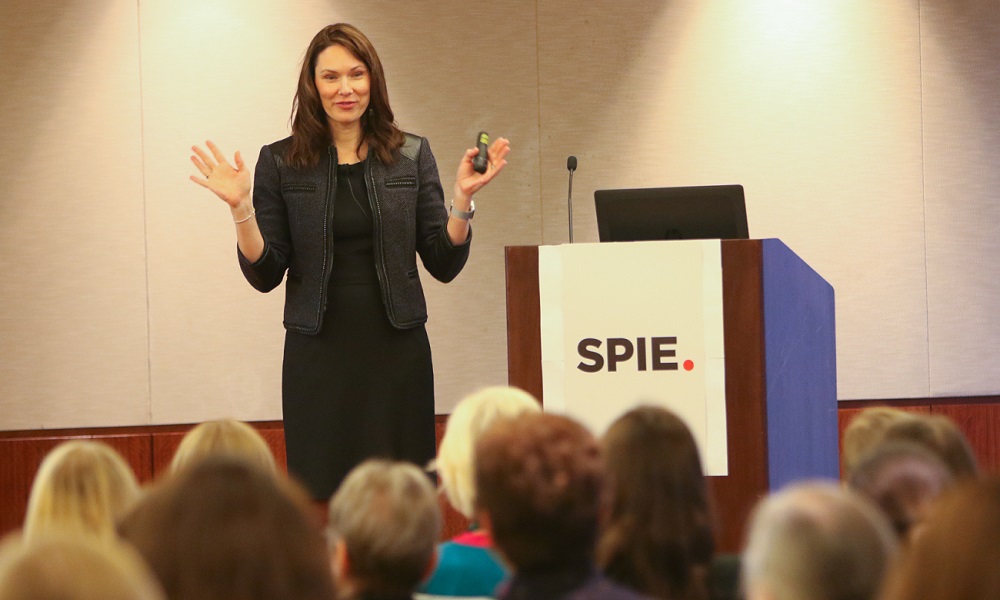Paper 13381-18
Photo-driven micropatterning technique for three-dimensional surface engineering
27 January 2025 • 3:15 PM - 3:35 PM PST | Moscone South, Room 155 (Upper Mezz)
Abstract
Surface engineering critically depends on the complexity and anisotropy of superficial features. While conventional lithographic techniques enable the precise fabrication of intricate textures, they often entail significant costs, lengthy processes, and require predefined designs. A promising alternative to these limitations is a photolithographic strategy utilizing azopolymers, which allows direct, reversible structuration of surfaces via light-induced mass transport. Azopolymers respond to spatially structured UV/visible light fields by undergoing cyclic structural transitions between trans and cis isomerization states, leading to topographic modulations on their surfaces. The resulting surface geometry is dictated by the intensity and polarization patterns of illuminating light, which govern both the amplitude and the deformation direction. Here, we demonstrate three-dimensional and localized control over the morphology of azopolymer microstructures by employing holographically structured light intensity and accounting for wavelength-dependent penetration effects. Reconfiguration of pre-structured azopolymer micro-textures, such as cylindrical microvolumes in 2D square arrays, enables the production of complex patterns with high precision. The fabricated surfaces demonstrate tunable functionalities, including controllable wettability and tailored diffraction properties, achieved by adjusting a few illumination parameters. Importantly, the reversible nature of the process preserves the potential for further modifications, making this maskless method highly versatile and scalable for applications requiring dynamic and customizable surface functionalities.


